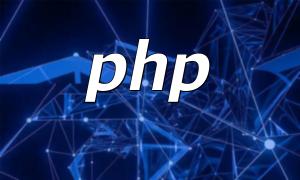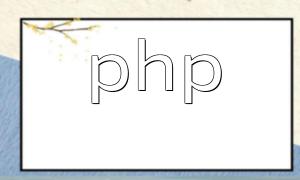SQL injection is one of the most common web attacks where attackers inject malicious SQL code into input fields to manipulate the database. This type of attack is especially prevalent in PHP-based applications because of insufficient input validation. To build secure PHP applications, developers must understand and implement effective SQL injection prevention techniques.
Prepared statements are one of the most reliable methods for preventing SQL injection. By separating SQL syntax from user input, the database validates parameters before execution, ensuring that malicious SQL cannot be executed. This method is both secure and efficient.
Example code:
// Create database connection
$pdo = new PDO("mysql:host=localhost;dbname=mydb", "username", "password");
// Prepare SQL statement
$stmt = $pdo->prepare("SELECT * FROM users WHERE username = :username AND password = :password");
// Bind parameters
$stmt->bindParam(':username', $username);
$stmt->bindParam(':password', $password);
// Execute query
$stmt->execute();
// Fetch results
$result = $stmt->fetchAll(PDO::FETCH_ASSOC);This method effectively isolates SQL structure from user input, eliminating injection risks at the source.
In some cases, input filtering can be used alongside prepared statements to reduce risk. Sanitizing and validating user input helps prevent malicious data from being executed as SQL commands.
Example code:
// Sanitize input data
$username = addslashes($_POST['username']);
$password = addslashes($_POST['password']);
// Execute SQL statement
$sql = "SELECT * FROM users WHERE username = '" . $username . "' AND password = '" . $password . "'";
$result = mysqli_query($conn, $sql);Note that functions like addslashes() offer limited protection. Prepared statements should still be the primary defense against SQL injection.
Granting the minimum necessary permissions to database users is another key security measure. Avoid using accounts with full administrative privileges. Instead, assign permissions only to access and modify specific tables. Even if an injection occurs, the damage will be contained.
SQL injection vulnerabilities can appear with version changes or unpatched components. Developers should regularly review and update their code, monitor security advisories for PHP and database systems, and apply security patches promptly to keep systems secure.
SQL injection remains one of the most serious threats in web development. By using prepared statements, validating input, managing database permissions wisely, and maintaining up-to-date applications, developers can significantly reduce the risk. Security awareness should be part of every developer’s workflow to ensure application integrity and stability.
Note: The code examples above are for demonstration purposes. Adjust and optimize according to your actual project requirements.









